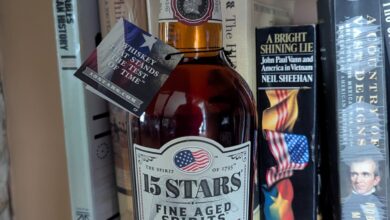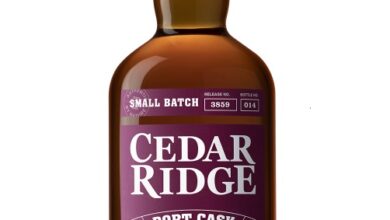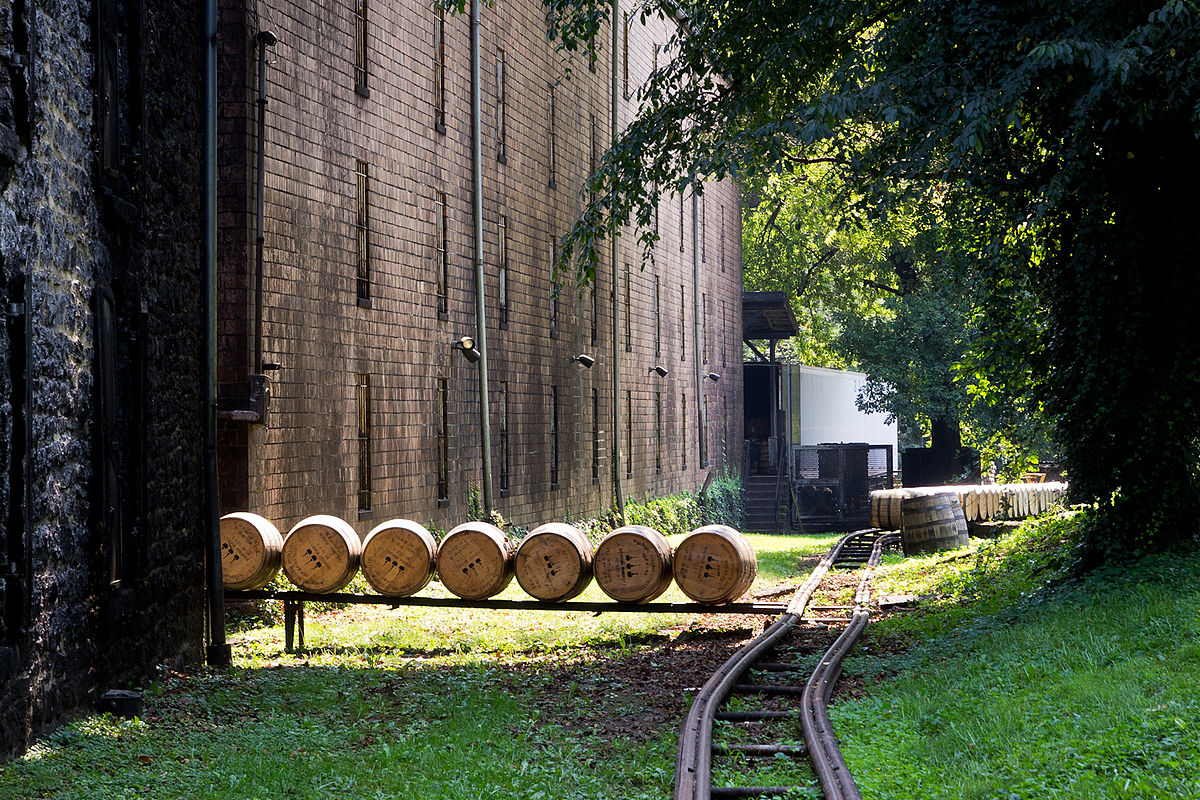What Your Geology Teacher Could Tell You About Bourbon That You Probably Don’t Know
Business is booming for Kentucky bourbon makers. More cases will be sold this year than ever before and, to meet the rising demand, several new distilleries are either under construction or newly opened in Kentucky, including Old Forester, Angel’s Envy and Peerless.
But what’s with Kentucky? Why are Kentucky and bourbon joined at the hip? First of all, urban myth #1 is utterly wrong: there is no law that says bourbon has to be made in Kentucky. Yet most of the brands you know are distilled here – Woodford Reserve, Makers Mark, Jim Beam, Buffalo Trace, Evan Williams, Blanton’s, Four Roses, Wild Turkey, Knob Creek, Barton, Michter’s, Heaven Hill, Pappy – and that can’t be a coincidence.

See the match-up?
(Credit: Old Limestone)
It’s not. The answer traces back to an ancient limestone aquifer that runs underneath the Kentucky bluegrass. This aquifer produces a velvety-smooth water that is ideal for making bourbon, but found nowhere else. Look at these two maps. The first one shows the aquifer in dark blue, which, as your geology teacher probably taught you years ago, is also called a karst region. The next map shows the location of America’s major bourbon distilleries – do you see the connection? It’s the Kentucky limestone aquifer. “The water is a very important ingredient and is a key reason why the bourbon industry has flourished in Kentucky,” explained Susan Reigler in her book, Kentucky Bourbon Country “The state’s limestone geology means that iron is filtered out of the water as it flows over the rock and becomes a sweet-tasting mineral water. Whiskey made from water containing iron would turn black, which is absolutely unappealing.”
Indeed, a black bourbon would never do, and, with calcium and magnesium as added benefits, bourbon makers flocked to Kentucky. But what about adding water to your bourbon after its bottled? It turns out to be yet another bourbon secret. “A splash of limestone water helps bring out the subtle flavors in a bourbon,” says bourbon expert and America’s “Chief Entertaining Officer,” Tim Laird. Agrees author Reigler: “After you have tasted the bourbon neat, add a splash (about half a teaspoon) of water to the whiskey. This can release more and different flavors especially in higher proof bourbons.”

(Credit: Old Limestone)
So there it is, something your geology teacher knew all along. Kentucky and bourbon go hand-in-glove not because of laws but because of a geology that produces a velvety smooth water fund nowhere else in the nation — and what a water it is. “To this day you can go to an open stream in Kentucky, and it will taste better than 90 percent of tap water in the country,” says whiskey historian Fred Minnick, author of Bourbon Curious: A Simple Tasting Guide for the Savvy Drinker and we would have it no other way
Old Limestone: Bourbon’s Water
The distillers care about the water and so should you. They drill deep to find water seeping through millions of years of Kentucky limestone. It’s iron-free, mineral-infused, and ideal for making whiskey. That’s Old Limestone Mixing Water. We get it from a free-flowing spring 130 feet below Bourbon country’s rolling hills and painted barns. We filter and bottle it and send it to our friends across the nation every day. “This was the best bourbon and branch I ever had.” wrote Distinguished Spirits about Old Limestone. We hope you’ll agree.
*Contributed Post




That same limestone also stretches well beyond Kentucky and runs the whole way up into much of Pennsylvania, so the Bluegrass does not have a stranglehold on the only water suitable for distilling. I live in the dead center of the Keystone state and we are totally underlain by limestone here.
This helps to explain the proliferation of early American distilling in Pennsylvania and Maryland well before the industry finally settled in Kentucky.
Then why do my legs get all brown colored dots on my ankles if it’s iron free. My doctor said iron is discoloring them. I know it’s the whisky because when I don’t drink the color gets a lot later. So yes you have Iron in it whether it be the water u put in it or coming from being distilled.